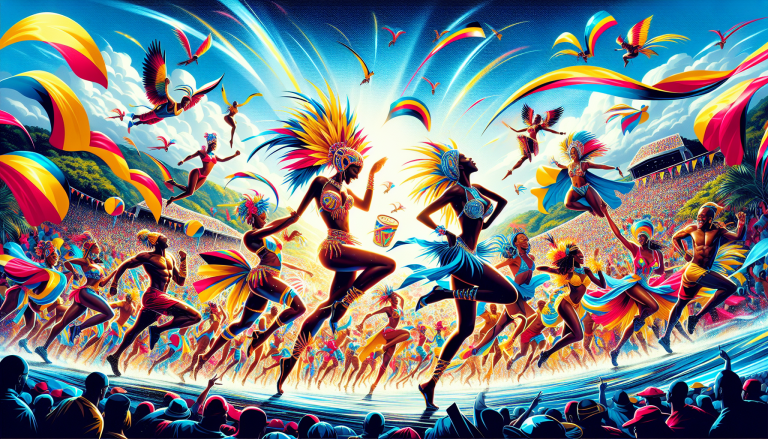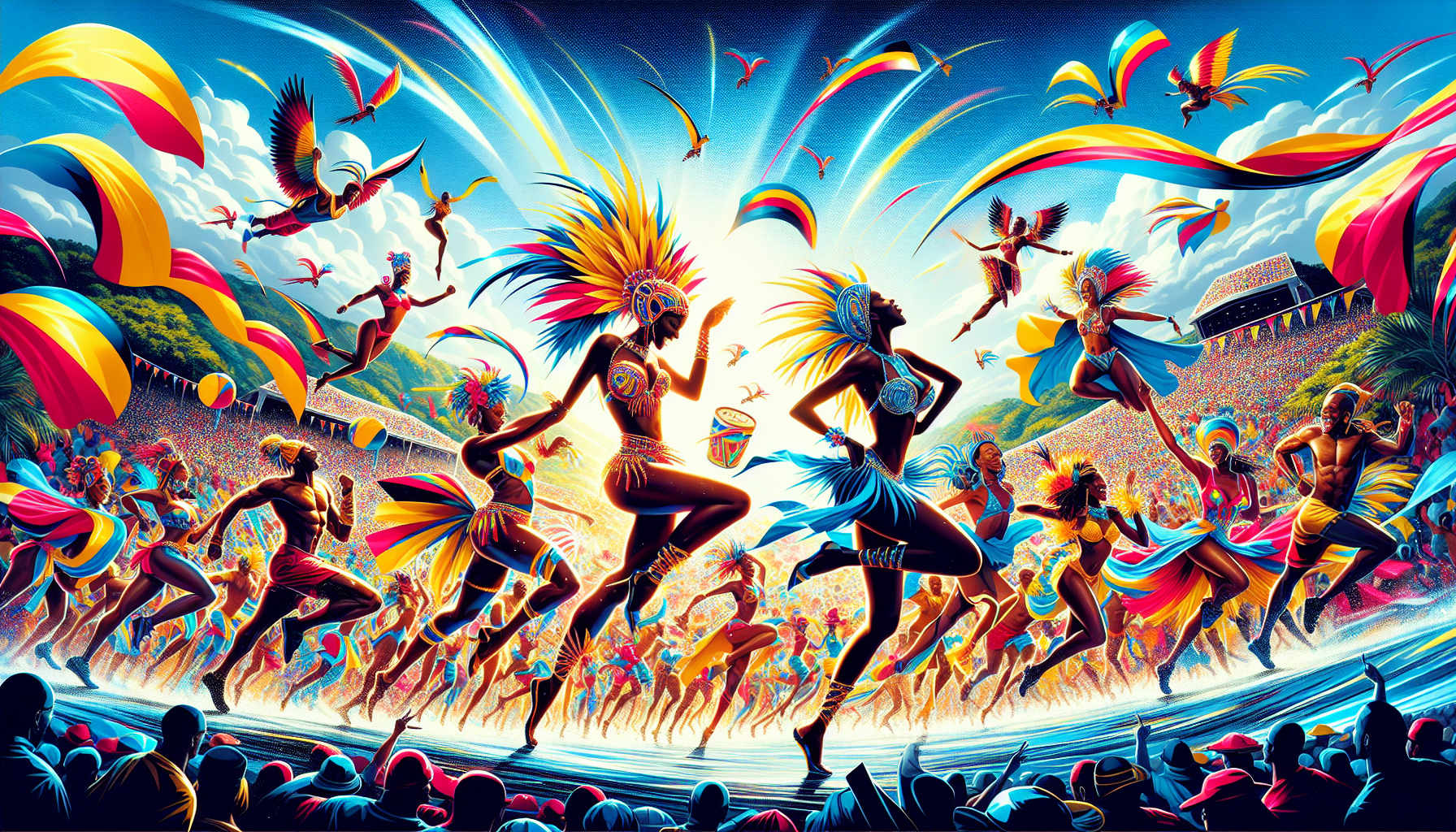Soca: The Heartbeat of Caribbean Celebration

When the first thunderous beats of soca music fill the air, something magical happens. The rhythm takes hold, bodies start moving, and the spirit of the Caribbean erupts into pure, unbridled joy. Soca is more than just a musical genre – it’s a cultural phenomenon that captures the essence of Caribbean energy, resilience, and celebration.
Origins and Historical Roots
Soca emerged in the early 1970s, primarily in Trinidad and Tobago, evolving from the traditional calypso music that had dominated Caribbean musical landscapes for decades. The term “soca” is believed to be a combination of “soul” and “calypso,” coined by legendary musician Lord Shorty (Garfield Blackman), who is credited with creating the genre. Lord Shorty recognized the need to modernize calypso and infuse it with contemporary sounds that could appeal to younger generations.
Unlike its predecessor calypso, which often focused on social commentary and political messaging, soca emphasized pure celebration and rhythmic movement. The music incorporated elements of Indian rhythms, reflecting the diverse cultural heritage of Trinidad and Tobago, and quickly became a powerful expression of Caribbean identity.
Musical Characteristics
Soca is characterized by its high-energy, fast-paced rhythm and infectious beat. Typically performed at around 130-140 beats per minute, the music is designed to make people dance. Instruments like steel drums, synthesizers, and brass create a complex, layered sound that is both traditional and modern.
The lyrics are often playful, celebratory, and focused on having a good time. Themes of unity, joy, and cultural pride are common, with many songs serving as anthems during carnival seasons across the Caribbean.
Cultural Significance
Beyond its musical brilliance, soca represents something deeper for Caribbean communities. It’s a form of cultural expression that transcends geographical boundaries, connecting people of Caribbean descent worldwide. During carnival seasons, soca becomes the soundtrack of collective celebration, embodying freedom, resistance, and the vibrant spirit of Caribbean people.
“Soca is not just music,” says veteran musician Machel Montano, “it’s a way of life. It represents our history, our struggles, and our ability to find joy in every moment.”
Notable Artists
1. Machel Montano
Often called the “King of Soca,” Machel Montano has been instrumental in globalizing the genre. Since his childhood performances, he has continuously pushed soca’s boundaries, collaborating with international artists and bringing Caribbean music to global audiences.
2. Bunji Garlin
Known for his innovative approach, Bunji Garlin has blended soca with elements of hip-hop and electronic music. His dynamic performances and innovative sound have helped expand soca’s appeal beyond traditional Caribbean audiences.
3. Destra Garcia
Nicknamed the “Queen of Bacchanal,” Destra Garcia is renowned for her powerful vocals and electrifying stage presence. She has been crucial in promoting female representation in the soca music scene.
Performance and Experience
Soca is best experienced live, particularly during carnival seasons in Trinidad, Barbados, and other Caribbean nations. Street parades, known as “mas,” transform cities into massive dance floors where thousands move in synchronized celebration. The music creates an immersive experience that goes far beyond passive listening.
Global Impact
While rooted in Caribbean culture, soca has gained significant international recognition. Major music festivals, dance events, and cultural celebrations now regularly feature soca artists. The genre has influenced global music scenes, particularly in dance, electronic, and world music categories.
Contemporary Evolution
Modern soca continues to evolve, incorporating elements of electronic dance music, hip-hop, and global rhythms. Young artists are experimenting with the genre, ensuring its continued relevance and dynamism.
Experiencing Soca
For those wanting to immerse themselves in soca, Caribbean carnivals are the ultimate experience. However, major cities with significant Caribbean populations also host soca events, dance workshops, and concerts.
Online platforms and streaming services have made soca more accessible than ever, allowing music lovers worldwide to discover and enjoy this vibrant genre.
Conclusion
Soca is more than music – it’s a celebration of life, culture, and resilience. From its humble origins in Trinidad to its current global status, the genre continues to inspire, unite, and make people move.
As the rhythms build and the music swells, one thing becomes clear: in soca, every moment is a chance to celebrate, to connect, and to feel the pure, unbridled joy of the Caribbean.




